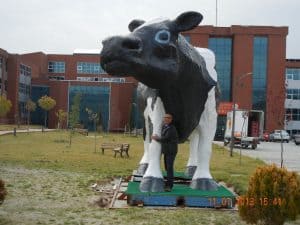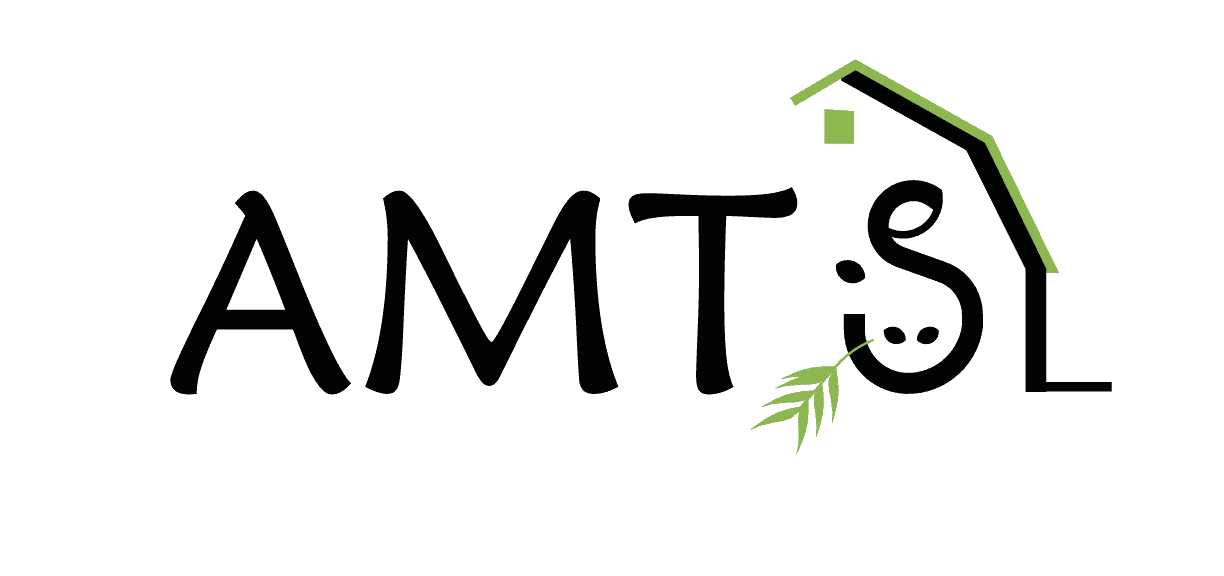
Dr. Ugar Serbester is one of our Academic users in Turkey. In his position as Assistant Professor on the Faculty of Agriculture in the Department of Animal Science at Cukurova University located on the east bank of the Seyham Dam on Lake Balcali near Adana, he teaches many of the nutrition classes. Dr. Serbester provided us with the following information about farming in Turkey.
“Turkey is located between the continents of Asia and Europe. It covers about 800.000 km2. The population of Turkey is estimated as 80 million. Livestock breeding is well placed in national economy and agriculture sector. Milk production is the greatest contributor to livestock products.
Turkey is one of the largest milk producers in the world. Milk production is about 19 million tone in 2015, and the vast majority of milk(92%) comes from dairy cattle. Most important breeds of cattle reared in Turkey are Holstein (74%), Brown Swiss (12%), and Simmental (10%). Average milk yield of these breeds is 6 tone/lactation.
Dairy farmer uses corn silage and alfalfa as main forage sources, and concentrate feed based on corn, and soya bean meal etc. Dairy nutrition requirements are calculated via, especially, NRC (2001) or sometimes CNCPS model. Some academician follow up new nutrition model, for example AMTS, and want to teach Animal Science students.
The most important health problems in dairy farms of Turkey are acidosis, lameness, and mastitis. Also, the challenges to the Turkish dairy sector are low milk price and high feed price.”
